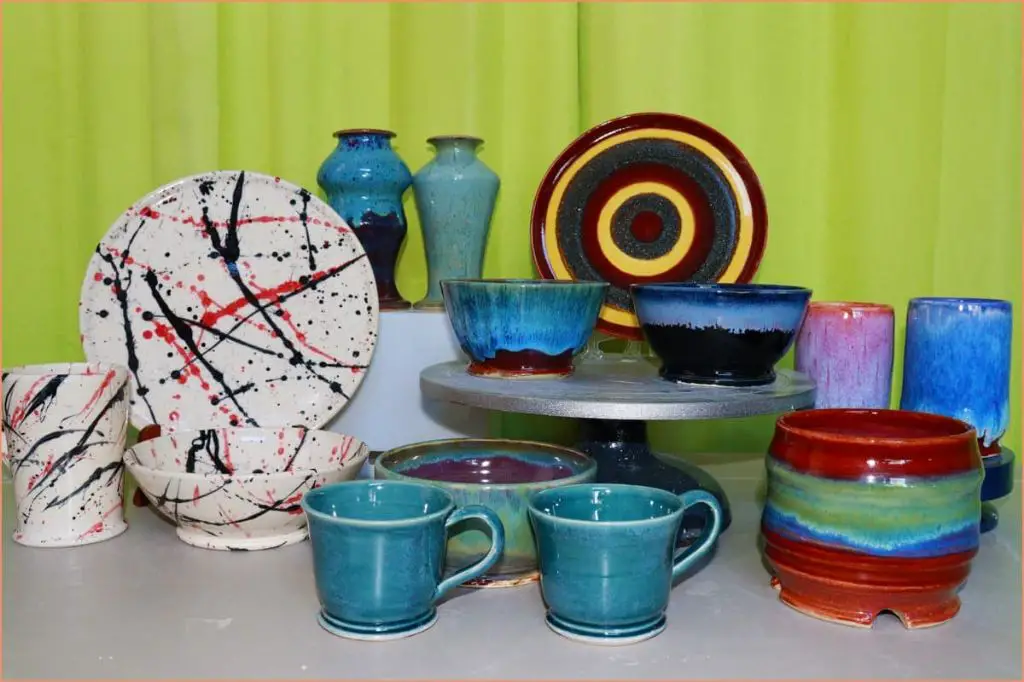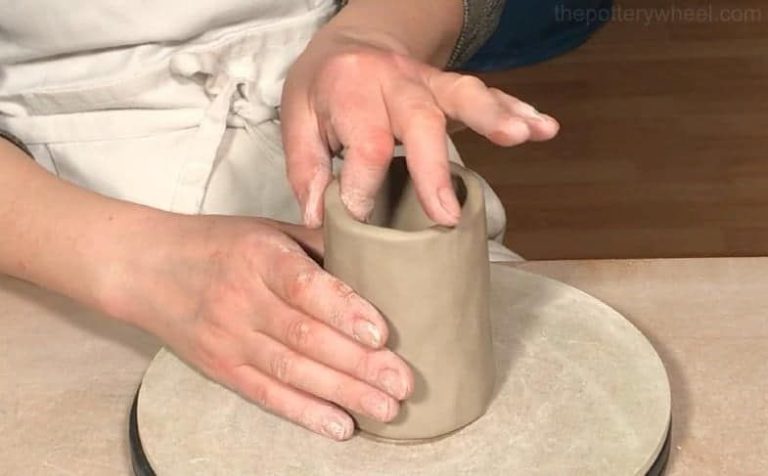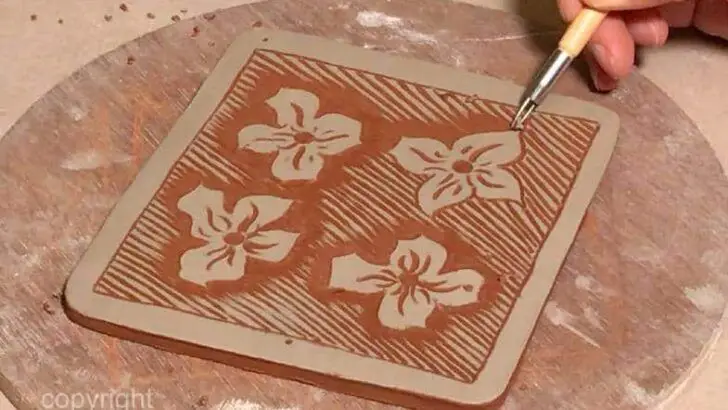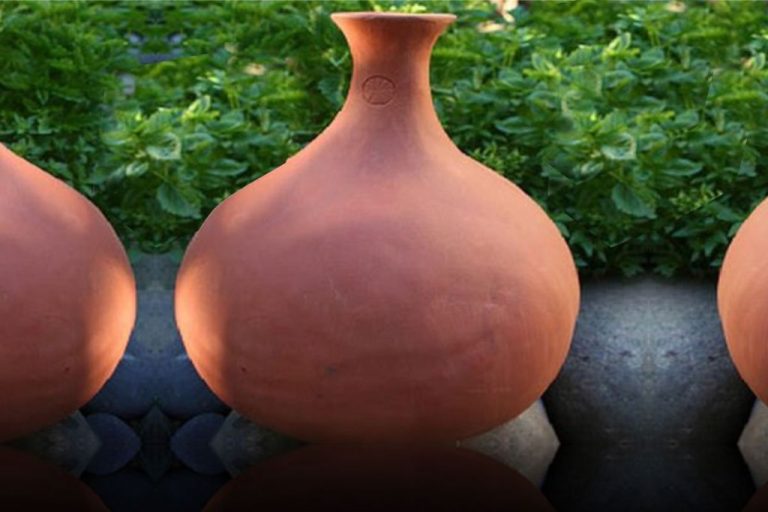Is It Profitable To Make Pottery?
Pottery has long been a beloved hobby for many people who enjoy being creative with their hands. In recent years, some potters have branched out to try turning their passion into a business by selling their ceramic creations. The global pottery and ceramics market is projected to reach $15 billion by 2030, indicating there is growing consumer demand for artisanal and handmade pottery products. With the right business plan, marketing, and commitment to quality, selling pottery can be a profitable endeavor for artists and entrepreneurs.
Starting a pottery business allows you to generate income from doing what you love. You have the freedom to set your own schedule and work environment. However, launching a successful pottery enterprise requires careful planning regarding costs, pricing, inventory, sales channels, and more. It’s important to have realistic expectations about income potential and the work involved. This guide examines the key factors in determining profitability for handmade pottery businesses.
Costs of Starting a Pottery Business
The costs of starting a pottery business can vary widely depending on the scale of operations. At a minimum, you’ll need equipment like a potter’s wheel, kiln, pug mill, and basic tools like sculpting knives, brushes, and modeling tools. A small electric kiln for home use starts around $300, while large gas kilns for commercial studios can cost $5,000 or more according to this source. You’ll also need clay, glazes, slips, and other art supplies which can range from $500-$2,000 to stock up initially.
The biggest startup cost is often securing proper studio space. Renting a retail space or workshop can cost $1,000-$4,000 per month depending on size and location. Building out the space with tables, shelving, sinks, ventilation and other necessities will also add to costs. Safety equipment like respirator masks, splash goggles, and protective aprons are a must as well. In total, startup costs can range from around $5,000 for a small home-based business up to $15,000 or more for a larger commercial operation according to sources such as this overview.
Ongoing Expenses

Even after the initial startup costs, there are regular expenses that must be accounted for to keep a pottery business running smoothly. According to Finmodelslab (https://finmodelslab.com/blogs/startup-costs/pottery-startup-costs), the three major categories of ongoing expenses are raw materials, electricity, and marketing.
Raw materials like clay, glazes, and tools will need regular replenishing as inventory is used up. The cost of materials can vary greatly depending on the type and quantity of clay and glazes. Expect to budget at least a few hundred dollars per month for these supplies.
Operating kilns takes a significant amount of electricity, which can be a major recurring utility expense. Kilns may need to run for 6-12 hours to fire pottery, sometimes using over 50 amps of power. Depending on local electric rates and usage, this could cost $100-300 per month.
Marketing expenses including website hosting, digital ads, promotional materials, and fees for selling through online marketplaces will also be an ongoing investment. Budgeting $100-500 per month for marketing is typical.
Pricing Your Pottery
One of the most important yet challenging aspects of selling pottery is determining what price to charge for your pieces. There are several factors to take into account when pricing your work:
First, consider the cost of materials. The clay, glazes, tools, kiln time, packaging materials, and other supplies add up. Experts recommend starting with a base price of $12 per pound of wet clay used and adjusting upwards from there. So for example, a basic 3 pound bowl would start at $36 (https://expertclay.com/podcast/015-price-pots/).
Next, factor in your time. Consider how many hours were spent making the piece, including planning, sculpting, drying, firing, glazing, etc. Price your time at an hourly rate you feel is fair based on your skills and experience. More intricate, detailed pieces will warrant a higher price.
Another consideration is comparable prices. Research standard price ranges for similar pieces from other potters. Websites like Etsy can provide a good benchmark. For example, basic mugs tend to range from $15-$30 while more elaborate serving platters can be $50-$100 or more (https://www.oldforgecreations.co.uk/blog/pricing-your-pottery).
Lastly, don’t undervalue handmade artistry. While it’s good to be competitive, also account for the uniqueness, quality, and care put into each pottery piece. Ultimately your work has worth beyond just materials and time spent.
Marketing and Sales
There are several ways for pottery artists to effectively market and sell their work. Online sales through an ecommerce website or platforms like Etsy and eBay provide a way to reach customers globally. Listing pottery on these sites allows the artist to showcase photos of their pieces, describe the materials and process used, and handle orders and shipping through an online system. According to Small Business, Big Impact: A Marketing Plan Guide for Artists, utilizing online sales platforms is an essential marketing strategy for reaching today’s buyers.
Selling pottery through local art galleries, retail shops, and boutiques can also be lucrative. Artists may consign pieces or sell them wholesale to these businesses. Displaying work in physical galleries and retail spaces allows potential customers to view and handle the pottery in person. It also provides opportunities to meet collectors. The artist should research galleries that focus on pottery and handmade crafts when seeking appropriate venues for sales.
Participating in local craft fairs and arts festivals provides valuable face-to-face interaction with customers. The Totally Kiln It book recommends setting up an eye-catching booth showcasing a range of pottery pieces. Being onsite allows the artist to describe techniques, suggest uses for items, and offer special discounts. Active selling and networking at these events can boost sales.
Earning Potential
The earning potential for potters can vary greatly depending on whether it is a hobby or full-time business. Many hobbyists sell their work at local art fairs, farmer’s markets, or online just to earn some extra income. Realistically, hobby potters may expect to earn anywhere from a few hundred to a few thousand dollars per year (https://ceramic.school/how-much-can-you-earn-by-selling-your-ceramics-online/). This provides a nice side income but likely won’t replace a full-time job.
For full-time ceramic artists and pottery businesses, there is much greater income potential. Professional potters who devote 40+ hours per week to their craft and have an established name can potentially earn $30,000-$60,000 or more per year. Top ceramic artists may sell their pieces for hundreds or thousands of dollars each. Building up a customer base and reputation takes time, but the earnings of a successful pottery business can certainly rival other careers and small businesses (https://www.reddit.com/r/Pottery/comments/2lauzs/can_you_make_a_living_as_a_potter/). Of course, costs, taxes, and fluctuations in sales need to be accounted for. Overall, pottery can be quite profitable as a business venture with dedication and hard work.
Satisfaction Beyond Profit
While making a full-time living solely from pottery sales can be challenging, many potters find great fulfillment and satisfaction from the creative process itself. Working with clay to shape beautiful, functional pieces provides a sense of meaning and accomplishment. Successfully selling pieces brings additional validation. According to some sources, engaging in pottery can reduce pain and discomfort from arthritis, as the gentle hand movements strengthen the hands, wrists and arms.
Pottery also enables community building and making an impact. Many potters get involved with local craft fairs, schools, or community centers to teach pottery skills. Seeing their artworks appreciated, used, and valued by others is incredibly rewarding. While profit is one motivator, for most potters the sheer joy of creating and sharing their craft outweighs the money. Many find pottery an ideal part-time endeavor alongside other work or family commitments.
Keys to Success
To maximize your chances of building a profitable pottery business, focus on developing your skills and finding niche markets (https://ceramic.school/start-successful-pottery-business-right-way-part-1-2/). It takes time and practice to master throwing on the wheel and decorating techniques. Consider taking classes or apprenticeships to refine your skills. Also, focus on a specific style or type of pottery that appeals to a target demographic. Rather than trying to appeal to everyone, niche down. For example, make garden pots for avid gardeners or create pottery with coastal designs for beach homeowners. By developing expertise in a niche, you can better meet customer needs.
Challenges to Consider
Starting and running a pottery business comes with various challenges that aspiring potters should be aware of before diving in. Three notable challenges are managing your time efficiently, dealing with competition, and the physical demands of the work.
Pottery requires large blocks of uninterrupted studio time for throwing, decorating, and glazing work. It can be difficult to juggle all the business aspects like marketing, sales, customer service, and accounting on top of production time. Careful scheduling and time management is crucial. According to ceramic artist Cyndi Casemier, “It’s important to remember that the creative work needs space and time to happen, so even when business is steady, continue to schedule studio time.”
The pottery market is competitive, especially locally. Standing out requires consistently producing unique, high-quality work. You must strategically market and price your work while following trends and current interests from customers. According to the Ceramics Arts Daily community, competition from hobbyists who underprice their wares can also be an issue for full-time potters.
Working with clay and making pottery products requires physical stamina. Throwing on the wheel demands core strength. Handbuilding and decorating pieces can strain wrists and hands. Loading and unloading heavy kilns and mixing large amounts of clay is also taxing. Having an ergonomic setup and taking breaks is important. Some accommodations may be necessary for potters with chronic conditions. Hiring assistants is an option if the business can support it.
Conclusion
Starting and operating a pottery business has the potential to be profitable, but requires passion, dedication, hard work, and creativity. The startup costs can be low to moderate, but operating expenses like materials, supplies, kiln fuel, and studio rent need to be accounted for. While pricing work competitively is important, undervaluing handmade art should be avoided. Social media, Etsy, art shows, and word of mouth are key for sales. Passionate potters can potentially earn income in the tens of thousands, but becoming highly profitable often takes years. Beyond profit, working as a potter allows creative fulfillment and the joy of doing what you love. Success comes easier if you relentlessly improve your skills, knowledge, and business acumen. While thriving as a full-time potter is achievable, it requires wearing many hats and demands long hours. Overall, with realistic expectations, launching a pottery business can be a rewarding way to share your passion while supplementing your income.



